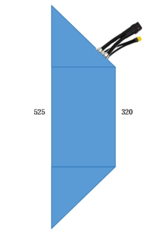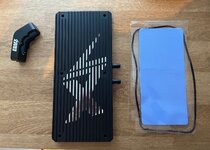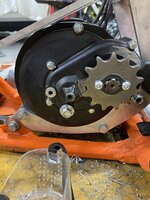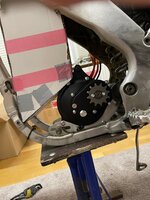unluckypanda
New member
- Likes
- 1
- Location
- California
About to buy a 20s13p battery from Amorge myself with a similar shape. Going with their Lishens instead of the Samsung 50S. P42A/P45B is way too out of budget for me.
I thought about going 50S because at 13p I'd get 65AH with a peak of about 335a. I would use 300a continuous at most. Then I thought it might not last even though theres 13 extra AH, due to heat from using the cells near their peak often while riding. Would cost me around ~$1450 for the 50S cells, ~$1900 for P42A, but ~$1000 for Lishens.
Going to pay tomorrow morning
I thought about going 50S because at 13p I'd get 65AH with a peak of about 335a. I would use 300a continuous at most. Then I thought it might not last even though theres 13 extra AH, due to heat from using the cells near their peak often while riding. Would cost me around ~$1450 for the 50S cells, ~$1900 for P42A, but ~$1000 for Lishens.
Going to pay tomorrow morning



















![IMG_7419[1].JPG IMG_7419[1].JPG](https://electricdirtriders.com/data/attachments/12/12405-f197b8090fd1c1f3cb17f12b0c5399a4.jpg?hash=8Ze4CQ_Rwf)










